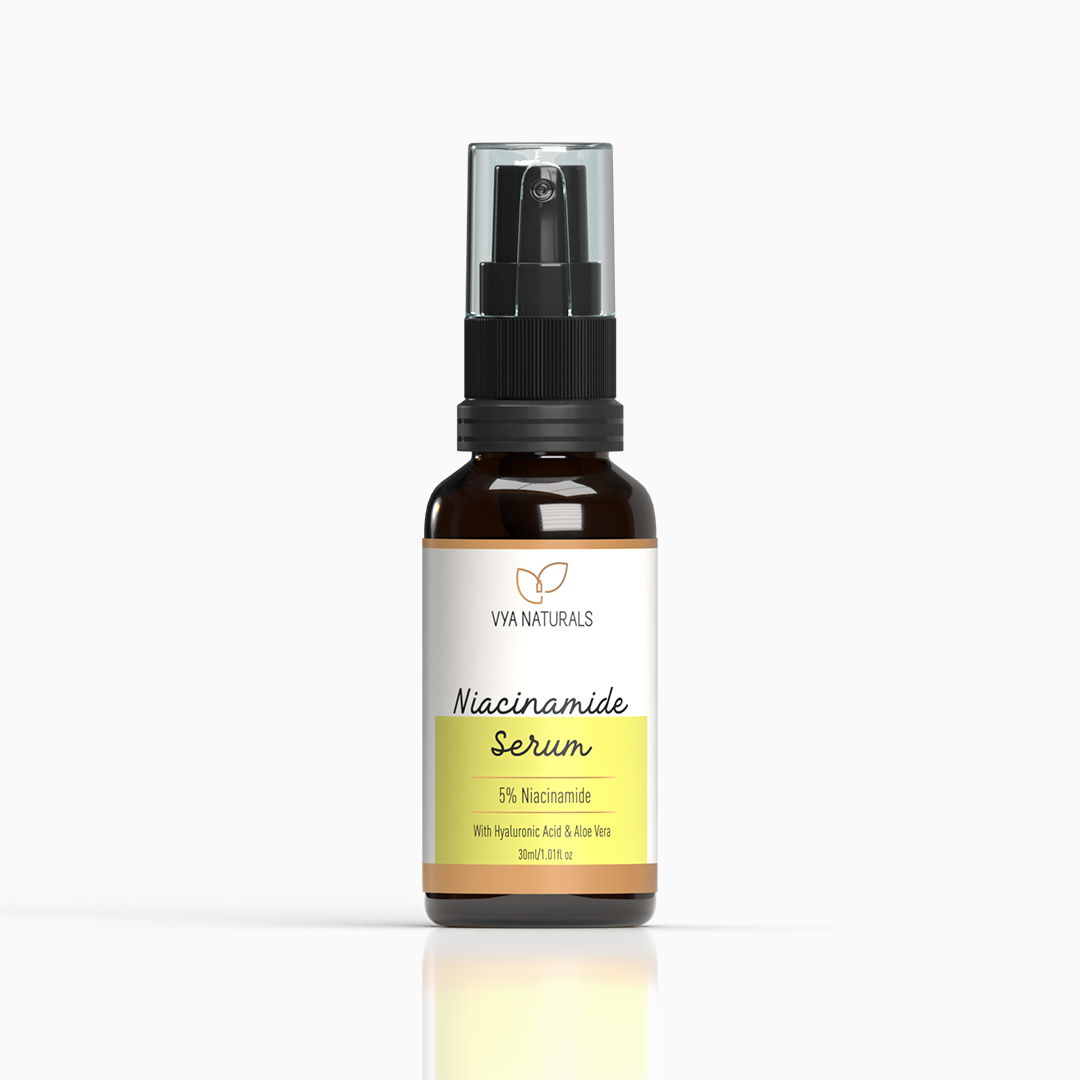You've probably heard the words hyaluronic acid a zillion times.
Don’t let the word “acid” fool you. Hyaluronic acid isn't harsh or skin-stripping at all. It's the exact opposite— it's a major component of skin, where it is involved in tissue repair. It's also a powerful humectant (moisture-binding ingredient). It keeps the skin plump, hydrated and younger-looking.
WHERE IS HYALURONIC ACID FOUND?
Hyaluronic acid, is found in most of your body's cells. However It’s most dense, in the skin, cartilage and other connective tissue. It’s rightfully called "nature's moisturizer”.

This water-holding molecule is most loved for its incredible water retention properties. It helps in keeping skin plump and hydrated. And, it’s actually a natural substance our bodies produce. Found in the body it keeps our skin refreshed, stable and encourages skin cell renewal.
"Hyaluronic Acid helps retain over 1,000 times its weight in water, making it an excellent moisturizer."
Hydration isn't the only benefit of hyaluronic acid. It also has antioxidant properties to protect your skin from the environment, sun exposure and other harsh chemicals.
Several scientific studies have shown that Hyaluronic Acid helps improve skin hydration. It also helps in production of collagen, fight free radicals and maintain skin elasticity. In addition, it even has antibacterial and anti-inflammatory properties that help with wound healing.
SO WHY DO WE NEED MORE IF OUR BODIES ALREADY PRODUCE IT?
As we age our bodies produce less and less Hyaluronic Acid. However, as our skin ages, it becomes drier as its ability to retain water lessens. As a result, there is loss of firmness and fine lines. On an average human body contains about 15 grams of Hyaluronic Acid. A third of which is turned over and gets degraded and synthesized on a daily basis.
CAN EATING CERTAIN FOODS CAN HELP YOUR BODY TO MAINTAIN OR REPLENISH HYALURONIC ACID?
Eating certain foods can help your body to maintain or replenish Hyaluronic Acid stores. Here are some foods that you should be eating. These foods also help increase hyaluronic acid production.
- Starchy root vegetables
- Soy-Based Foods
- Citrus Fruits
- Leafy Greens
- Bone Broth
WHAT PRODUCTS CONTAIN HYALURONIC ACID? WHAT SHOULD YOU DO TO GET YOUR DAILY DOSE OF HYALURONIC ACID FOR THE SKIN?
Choose a serum or moisturizer that contain Hyaluronic Acid (commonly listed as Sodium Hyaluronate) for softer and more hydrated skin. Many anti-aging products also contain Hyaluronic Acid.
Best is to use Hyaluronic Acid Serum twice a day, am and pm for optimum results.
IS HYALURONIC ACID SUITABLE FOR YOUR SKIN AND HOW YOU SHOULD BE USING IT THE GET THE MAXIMUM BENEFITS?
It is one ingredient that works across the board. In other words, every skin type, from dry to oily, can benefit from Hyaluronic acid serum.
One way to help plump up skin is to use a serum or moisturizer that contains this ingredient. You can use Hyaluronic Acid Serum directly on your skin. If you have combination or oily skin you can get away by just using the serum. However, if you have dry or normal skin, you can use this serum under your moisturizer.
Applied topically, it increases hydration, improves elasticity and also reverses sun damage. The results are not dramatic or instantaneous. Therefore, with regular use of Hyaluronic Acid Serum, you will see benefits in the form of softer, smoother, more hydrated skin.
DISCLAIMER:
Content of this website is not a substitution for professional medical advice, diagnosis, or treatment. We do NOT replace any relationship that exists, or should exist, between you and a medical doctor or other healthcare professional. Results given in testimonials/reviews are from real people who have used Vya Naturals products, but identical or similar results are not guaranteed. Individual results may vary depending on skin type, sensitivity, lifestyle, age, skincare products combinations, skincare history, as well as how the products are applied and stored.



